The words “full moon” in many languages

It is said that there are more than 6,000 languages worldwide (this is hard to imagine) and it is a fascinating concept to think, there are probably as many words for “full moon”.
Here we begin our little journey to the full moon. A few words about the fascinating quest of the greater purpose, that includes the full moon circulating through our lives. In layman’s terms and not always scientific (astronomy experts – don’t look too closely!). We would like to wish you illuminating moments. Enjoy!


It is said that there are more than 6,000 languages worldwide (this is hard to imagine) and it is a fascinating concept to think, there are probably as many words for “full moon”.
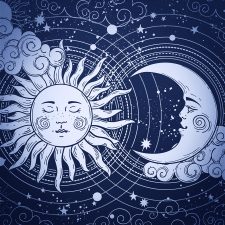
A full moon is when the Sun and the Moon are facing opposite, being in opposite direction from an Earth perspective.
This might feel astonishing if one imagines that the Moon is on one side, the Sun on the other and the Earth in between? Shouldn’t the Earth throw a shadow onto the Moon? Bingo – this is exactly what she does! But only when the Moon is exactly on the Earth orbit, the so called “ecliptic”. When this takes place, we speak of a lunar eclipse!

The Moon needs 27.33 days to circle around the Earth. Something that is also referred to as “sidereal time”. But because the Earth orbits the Sun, just like the Moon orbits the Earth, the Moon has to travel two further days in order to resume the same position to the Earth and Sun. This is then called the “sidereal time”. In order to determine the point of time of the reoccurring full moon, the sidereal time serves as basis.
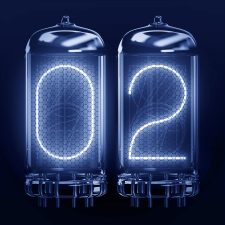
We already know now that the moon month is mostly shorter than the calendar month, being on average approximately 29.5 days. If full moon falls on the first or second of a month, it is possible that another full moon occurs in the same month, for instance in July 2004:
Friday, 2 July 2004, 01:08:54 pm
Saturday, 31 July 2004, 08:05:06 pm
This event is also known as “blue moon”.
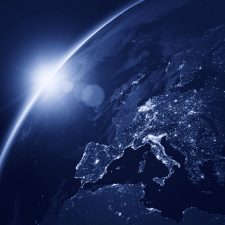
The answer is: “everywhere at the same time”. This refers to the so called Universal Time (UT) though, which is used for general astronomical events. We have already learnt that full moon is an astronomical event, where the moon, sun and the earth play a role by being in a specific position. So, full moon takes place at a specific time in the outer space. This point of time is specified by astronomers namely by the Universal Time.

There are multiple ways of approaching this question. If we look at it from a purely theoretical standpoint, we might be tempted to say that the full moon is infinitely short, since the phases of the moon are changing continuously. The moon is not yet quite full shortly before the full moon, and is already waning shortly afterwards.
However, there is a practical aspect that lets us quantify the full moon as a finite and measurable span of time: Since the Sun is significantly bigger than the Moon, its rays are able to reach just a little over half of the Moon’s surface. This means that the timespan in which the visible side of the Moon’s surface is irradiated (as seen from Earth) is longer than infinitely short.

Whether scientists, astrologers or esoterics, they agree on one thing: the moon influences earth and life on earth. For instance, it regulates the tides through its magnetism. Also continents feel the consequence of this magnetism and either raise or lower their position sometimes up to 26 cm.

In nature it is a known fact: for some animal species, mating takes place at full moon. However, the examples that can be found on this subject are rather simple. Full moon serves in some cases indirectly as the cause (for instance through the high water levels during the tides that the horseshoe crab uses to deposit its eggs) or also as the signal for both sexes of a species to begin at the exact same time to safeguard their future existence (a particular type of fly or also corals). It is understood that also wolves are led by full moon when it is time to mate.

… that people are looking for an argument at full moon or are especially happy …
… that if full moon is surrounded by a haze, a person dies …
… that you raise your hat three times to the moon (being a man) or you make a curtsey (being a woman), in order to protect yourself from misfortune until the next full moon …
… that whoever does not chink glasses with full moon at least once, does not deserve any happiness [Greek toast] …
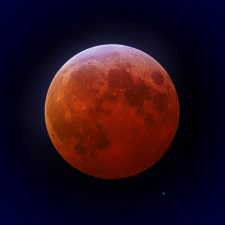
During a lunar eclipse, the Moon moves through the shadow of the Earth. Which means, that the Earth is positioned quite exactly between the Sun and Moon and casts its shadow onto the Moon. This is only possible at full moon and if some other requirements are met. Depending on whether the moon passes the partial or the core shadow of the Earth, we speak of a partial or total lunar eclipse.

There is a German poem called »Dunkel war’s, der Mond schien helle«, in which the first line has been dedicated to the Moon and which boasts special features. For one thing, nobody knows who wrote the poem, which is quite unusual coming from the »land of poets and thinkers«. For another thing, it is based on the principle of the »oxymoron«. This is a figure of speech that juxtaposes elements that are contradictory or that are created from terms which are mutually exclusive. Straight away, the first line reveals this principle, because it cannot be »dark«, when the Moon is shining »bright«.
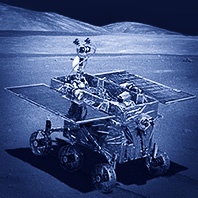
After USA and the Soviet Union, China will be the third nation in the world travelling to the Moon with their space program, and they will probably land there with the astronauts as well in the long term. At the moment, an unmanned spaceship »Chang’e-3« (moon fairy) is on its way to the Moon since 1st December 2013, planning to land in the Mare Ibrium on 14th December and supposed to transport a rover for research purposes of the Moon’s surface. The vehicle is called »Yutu« (jade rabbit).
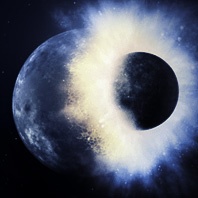
The Moon has not always been there. And although, no one has been present to observe its creation, scientists today, largely share the view that our Moon originates from a collision between Earth and another planet 4.5 billion years ago.
Our Earth – that looked completely different to how we know it to be today – had been circling with the planet Theia, which was about the size of our Mars, around the Sun. Some day, these two orbs clashed, produced an inconceivably powerful collision that totally destroyed Theia and catapulted an enormous amount of rocks into the orbit of Earth.

Scorpions have the quality that they are fluorescent and glow when in contact with UV radiation. This becomes clearly visible, when they are directly exposed to UV light. However, the UV components, which are contained in the sunlight and the moonlight, are hardly sufficient to produce this glow to an extent that it is visible to humans. Still, scorpions appear to detect the UV components and hence react to moonlight.

Ian Fleming’s fictitious secret agent 007, of the British Secret Service MI6, has been fighting the villains of this world on screen for over 50 years, accompanied by technical knick-knacks, all sorts of explosions and always beautiful women. There are many night scenes and one should assume that the Moon should be included quite frequently … far from it! We were only able to spot one Bond flic where the full moon can be seen: MOONRAKER from 1979 – and only at the beginning and the end of the movie.
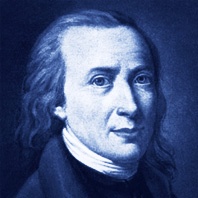
… this line from the poem “Evening Song” from 1778, by the poet Matthias Claudius (1740–1815), belongs to the best-known poems in German literature, not least of all because it was set to music many times; hence, it does not only remain in one’s memory because of its lyrics, but also because of its melody. Especially as a lullaby, everyone has surely heard it before or even sang it to the children:
We recently went to a ballet performance – Swan Lake by Tschaikowsky – with the Moscow Ballet. Immediately, after the curtain rose for the first time, the stage set showed a nighttime scenery, with a castle at a lake and high in the sky a wonderful full moon. Later, when the »swans« appeared and everything was bathed in a bluish light, the entire room was permeated with a fantastic and subtle atmosphere.

The dancers were sensational. Every movement danced with absolute emotional power and perfect precision. We were amazed and in awe. A true delight for the senses …
In the finale, the castle scenery came into action again and the entire performance was surrounded by full moon light.
Whether Tschaikowsky had the full moon in mind?
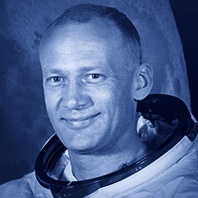
Buzz Aldrin (* 1930) is an American astronaut and the man, who, as part of the Apollo 11 mission on 21st July 1969, stepped onto the Moon as the second person, just after Neil Armstrong. He stood in the shadow of his colleague and one could assume that he may have suffered under these circumstances. But this was not the case, he did not really want to be in the spotlight and was satisfied coming second. After he set his feet into the dust 20 minutes after Armstrong did, he said: »Beautiful, beautiful. Magnificent desolation.«
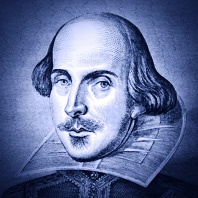
We figured it would be obvious to look for the full moon in the works of England’s most famous poet William Shakespeare (1564–1616). Surprisingly, the »moon« is to be found more often, however the word »full moon« appears in the original text only once, namely in »King Lear«.
The text of the comedy »A Midsummer Night’s Dream« (approx. 1595), contains the moon a whopping 52 times (28 times in the last act alone) and it can be assumed that Shakespeare was thinking of the full moon when he wrote these lines. Although it is not described as the »full moon«.
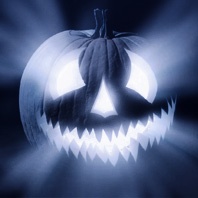
In 2020 the full moon will fall on a 31st October and a Halloween party can take place in the full moon light. The imagination of people fits this well apparently, because no matter where you look, the full moon can be seen in all portrayals of Halloween. In historical terms, there is no connection, however. Halloween is the evening before All Saints’ Day (originally: »All Hallows’ Eve«). The basic idea of this festival is the remembrance of saints and it is connected to the wish to drive out bad spirits. This is how the gruesome costumes came into play.